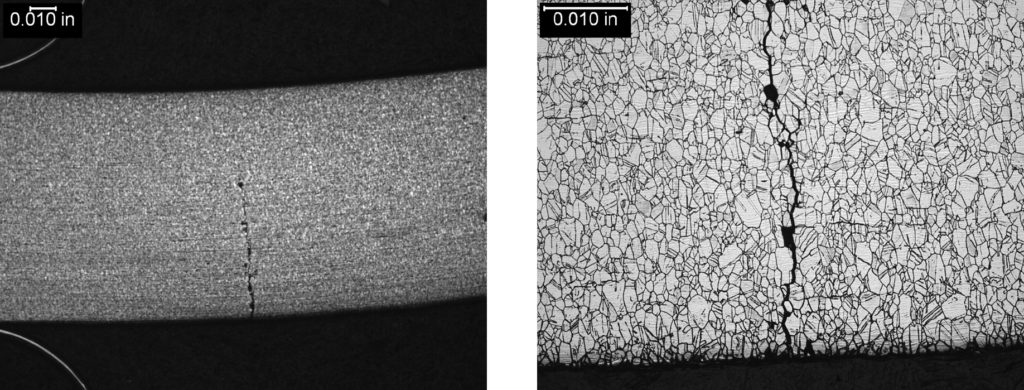

LSD1, together with HDACs, is a component of Co-REST and other corepressor complexes, some of which silence neuronal genes in non-neuron cells ( The enzyme, termed lysine-specific demethylase 1 (LSD1), shares extensive sequence homology to metabolic FAD-dependent amine oxidases but contains a nuclear localization signal (NLS) and a SWIRM domain that is often found in chromatin-associated proteins. There is also a surprising specificity for the methylated H3-K4 position (an active mark), and none of the other major lysine or arginine methylation sites in the histone H3 and H4 N termini are converted. The reaction is not compatible with tri-methylated H3-K4 or, in general, with any tri-methylated lysine substrate. Oxidation of amino-methyl requires the cofactor FAD and a protonated nitrogen (see Figure 1) and therefore can only attack mono- or di-methylated lysines. This is a plausible mechanism with solid in vitro evidence using recombinant enzyme and various histone peptides, where conversion of the substrates is detected by mass spectrometry.


The enzyme cannot directly cleave the N-CH3 bond but induces amine oxidation of methylated histone H3 lysine 4 (H3-K4) to generate unmodified lysine and formaldehyde.

While several other mechanisms involving cleavage of histone N termini ( In particular, histone lysine methylation is thermodynamically very stable and the amino-methyl group is resistant to direct cleavage of the N-CH3 bond. Consistent with transient versus stable chromatin alterations to reflect short-term versus long-term epigenetic memory, some modifications (e.g., histone acetylation and phosphorylation) are highly dynamic, whereas others (e.g., histone methylation and DNA methylation) appear more robust. The sum of these biochemical additions is referred to as “epigenetic information” and has been proposed to facilitate response of the chromatin template to transcriptional activity or other intrinsic and environmental signals, thereby stabilizing gene expression programs and chromatin architecture during different developmental options. This physiological template of the genetic information is subject to a great variety of alterations that include histone modifications and DNA methylation. In the nuclei of almost all eukaryotic cells, DNA is highly folded and compacted with histone and nonhistone proteins in a dynamic polymer called chromatin.


 0 kommentar(er)
0 kommentar(er)
